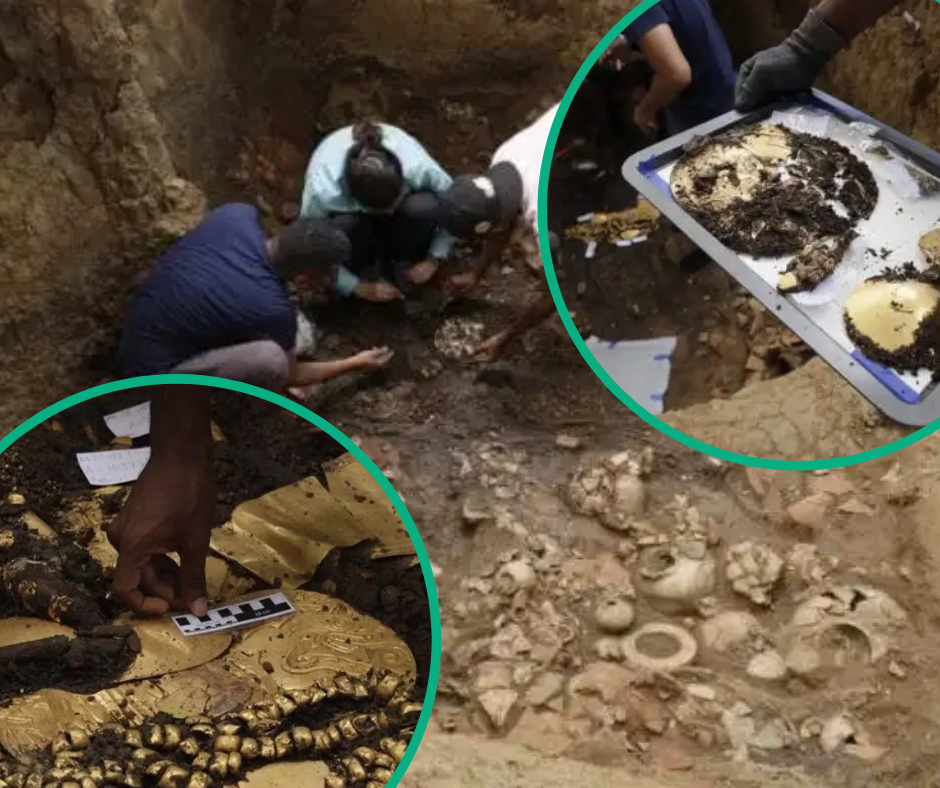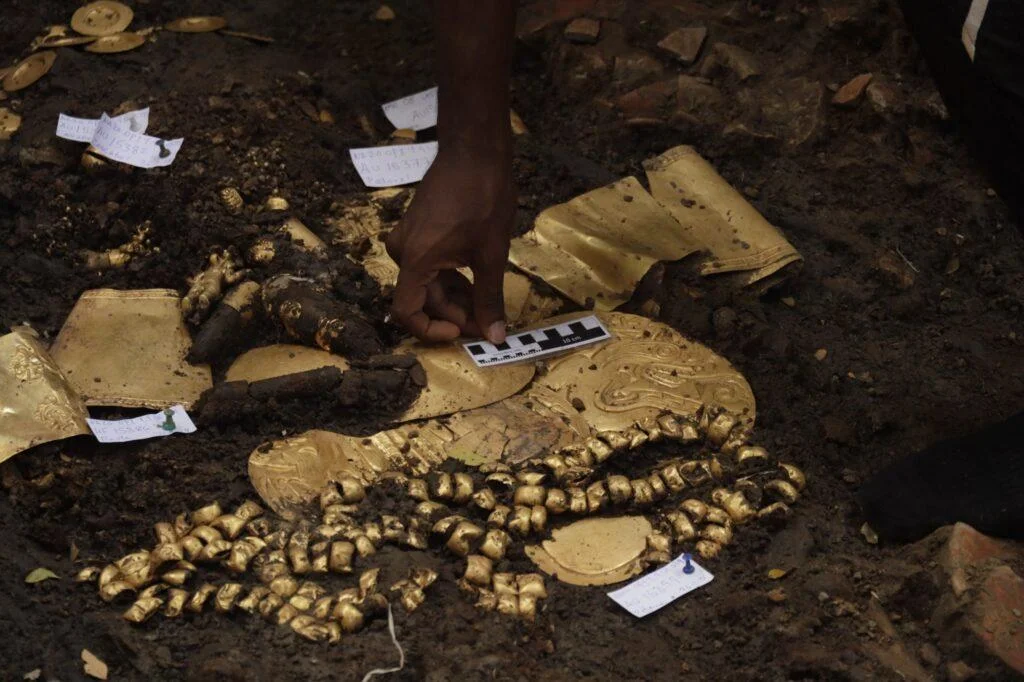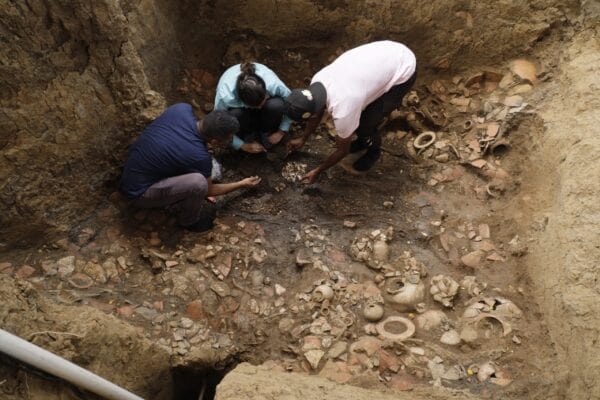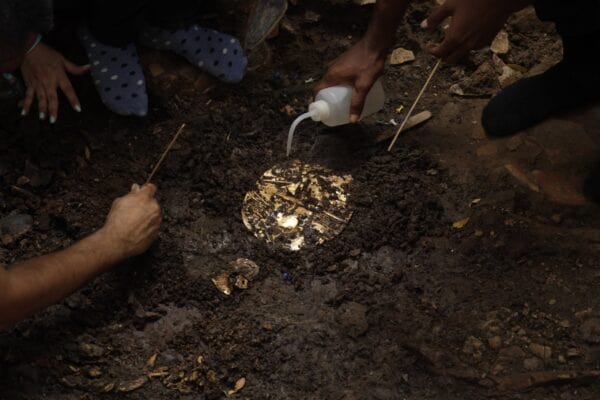A large tomb filled with gold was found in Panama.

Аrchaeologists have discovered an important tomb in the Archaeological Park of El Caño, located in Nata, Coclé province, in Panama, that provides new insight into the pre-Hispanic Coclé culture.
The tomb, which dates back to 750 AD, contains numerous funerary gifts, including pottery and gold objects, and is believed to have belonged to a high-ranking person in Cokle.
Writes T4.
The El Caño Archaeological Park is known for its tombs and stone monoliths dating back to 700-1000 AD. The first recognition of the importance of this place was made by the American explorer Hyatt Verrill in 1925.
Linet Montenegro, director of national heritage at the Panamanian Ministry of Culture (MiCultura), noted that the discovery is part of an ongoing archaeological project in the park.

Items found include gold pectorals, belts, bracelets, earrings in the shape of human figurines and double crocodiles, necklaces, bells, and bracelets. This find reflects the cultural and social richness of Coclé society.

Dr. Mayo also noted that excavations are ongoing and it is difficult to determine the exact number of people buried in the tomb. She said that this type of burial, known for the fact that different numbers of people are buried in the same tomb , provides valuable information about the beliefs and funeral rituals of Coclae society.

Dr. Mayo explained that Chief Cokle was buried in a face-down position, which is a common practice in this culture, often on top of a woman's remains.
The archaeological park of El Caño, built around 700 AD and abandoned around 1000 AD, has brought significant archaeological discoveries. In addition to the famous monoliths, the complex has a cemetery and a ceremonial platform with wooden structures. This discovery stands out for its uniqueness and provides insight into the funerary practices of the Coclé society.

